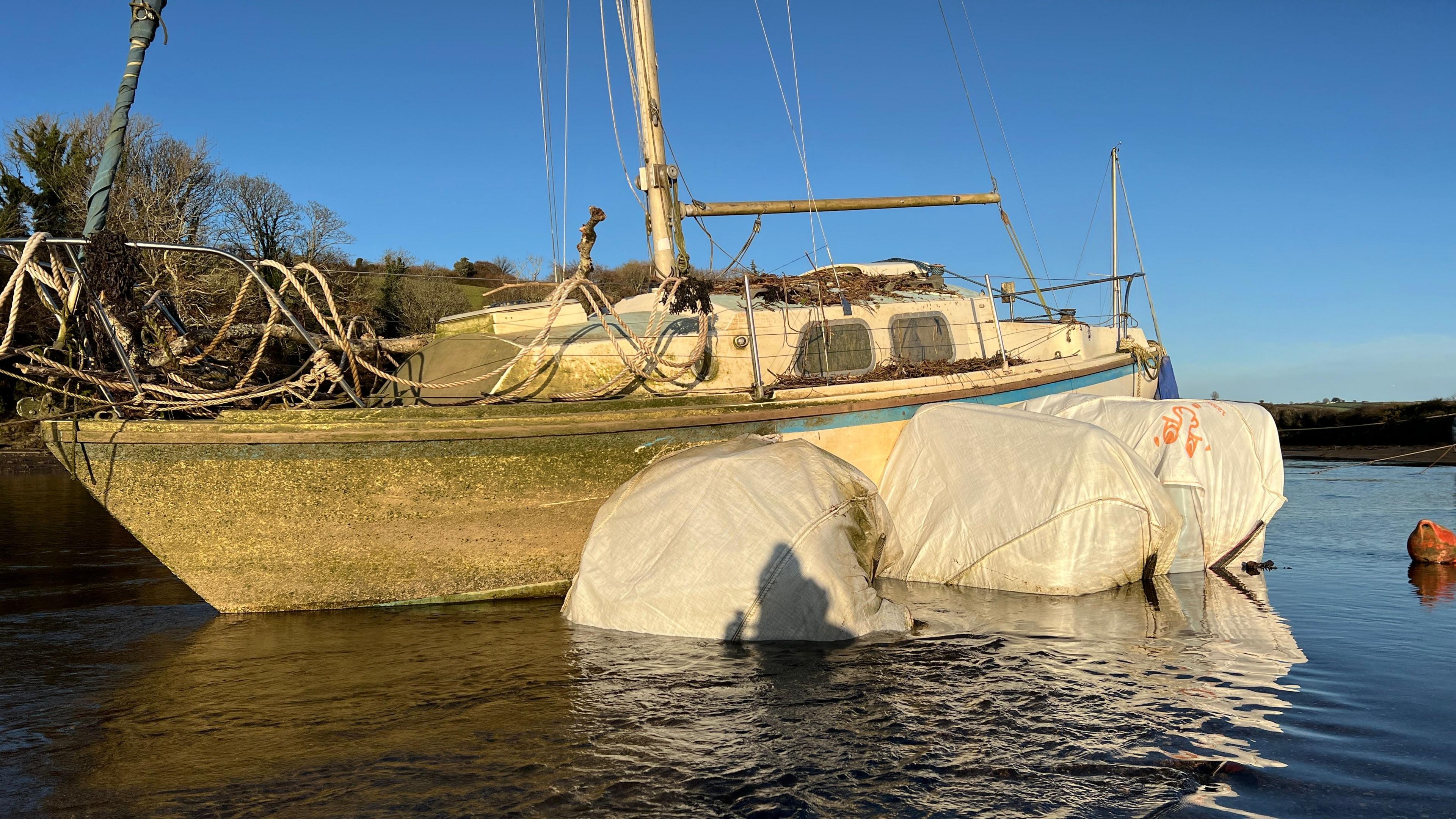About Badboats
In late Summer 2020, BeachPeople - a small ocean sports club based in Sandbanks - switched focus from the world of beach parties and surf safaris towards a more ecologically-focused agenda. This was in no small part to the Covid restrictions in the UK but there was also a real problem – that of sewage pollution in Poole Harbour.
The BeachPeople sewage campaign is still ongoing but in researching the background it became clear that human sewage wasn’t the only pollution affecting the water. Nitrates from farm run-off for sure, but a new ecology-killer had emerged in the form of the damage that derelict glass fibre* boats do to aquatic life – explained perfectly by this article from the Practical Boat Owner magazine:
"The ‘really worrying’ findings by University of Brighton researchers who undertook studies off the coast of Hampshire and West Sussex have worldwide implications, yet there is no practical solution for recycling fibreglass boats in sight, with a boom in boating, plus increasing numbers of early glass reinforced plastic (GRP) vessels reaching end of life.
Dr Corina Ciocan, Principal Lecturer in Marine Biology at the School of Applied Sciences at the University of Brighton, told PBO it took a lot of detective work to discover exactly what they had found.
Embedded in oysters and other aquatic life, the shards were found as part of an initial study focused on microplastics, and are 10 times thinner than human hair.
She said: “We were looking at contamination of plastic in the water, in the sediment and in the oysters. In the oysters we found many, many strands we couldn’t explain, no one had reported it before.
“The oysters had been collected from in front of a boatyard, and we found ‘e-type glass’ which is mostly used in composite materials. The dimension of the strands corresponded to tiny fragments that usually relate to cutting reinforced glass plastic material in boatyards.
“It was like uncovering the tip of the iceberg, because nobody had published anything like this before – we were opening Pandora’s Box.”"
BeachPeople contacted the author of the study - Dr. Corina Ciocan from Brighton University. The club arranged a meeting at Poole Yacht Club on Jan 31st with her and representatives from the local council BCP, Poole Harbour Commission (who manage Poole Harbour) and the local water authority Wessex Water to discuss the issue.
Dr. Ciocan and her colleague Dr. Mary Geary (both from the School of Applied Science) suggested a website & blog be created to work to focus the disparate threads in one place and so Badboats was born.
There is an element of 'backfill' to the blog in that we are working to add articles from years gone by to create a clearer picture of how extensive the issue is. From this step we hope to be able to formulate a plan of how best to deal with a local, national and global issue the impact of which has only just started to be felt.
*fibre/fibre - fibre is the UK spelling, fiber is the US
GRP - (Glass Reinforced Plastic) is the same as fibreglass - a brittle plastic resin stippled over a chopped strand mat (CSM) or a woven fabric
Fibreglas - that's a generic trademark
..but they are all types of glass fibre; essentially if it breaks down into glass fibre strands in the water then it's a problem

